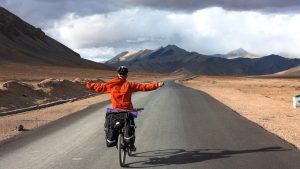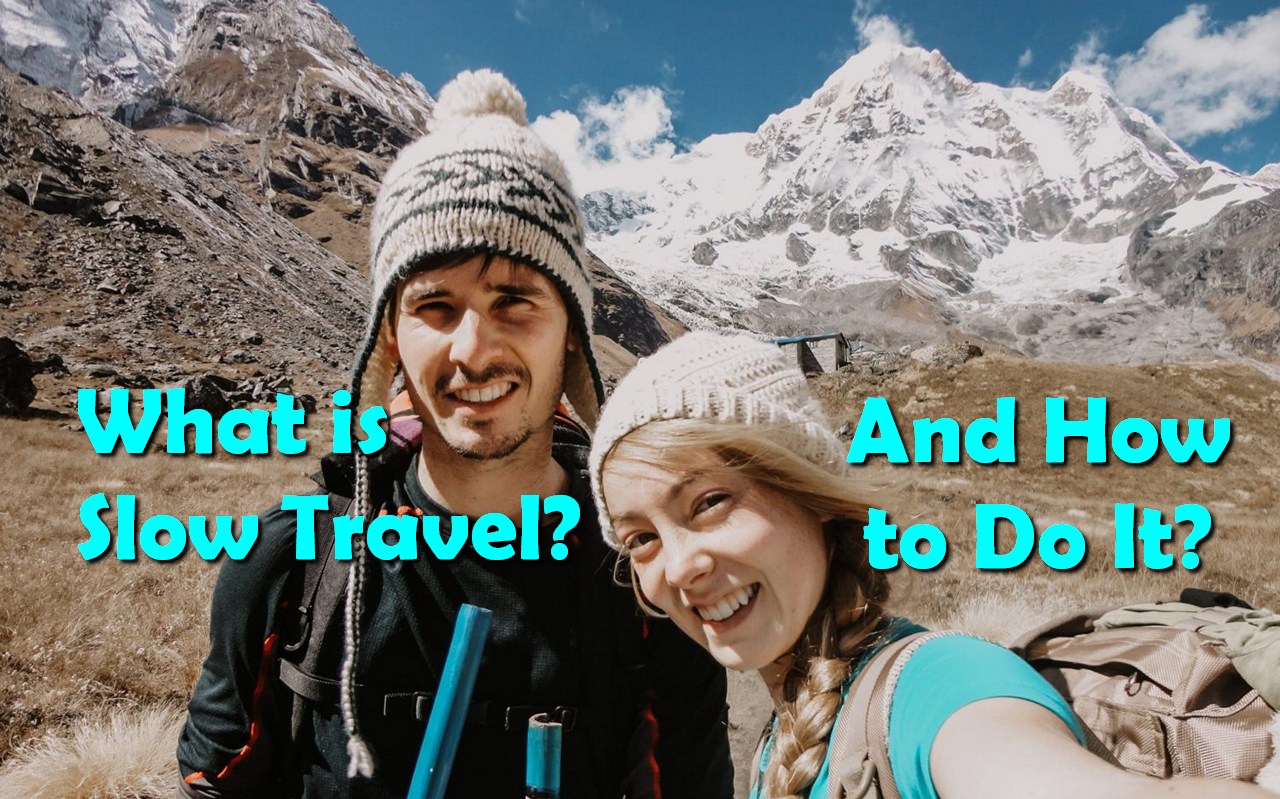Slow travel takes us back to the earliest roots of why we are on the road. Perceive how you might accept this kind of thinking to prepare for travel exhaustion and completely immerse oneself in the encounters. Travel has become a routine part of everyday life for several individuals, notably because now technology is making it far more affordable. Take a glance at it online. Instagram is filled with travel-focused pages displaying the far more stunning destinations in the country. YouTube is the ideal outlet for thrill-seekers to share their experiences.
Slow Travel

Slow travel is indeed a travel approach that stresses connections: residents, communities, food, and culture. This is based on the premise that even a trip is intended to teach and have a psychological resonance, either now or within the future while being sustainable for society and the environment. Where travel is deemed, a “slow” mentality encourages visitors to stand aside from the to-do lists or even Instagram-worthy photoshoots and thoroughly enjoy whatever the community has to deliver. Rather than just ensuring you visit the hot spots listed in a tourist guide, concentrate on things that natives do all day, activities that fascinate them and make them happy. This is not just a travel technique, but it is the quality of the overall experience that you obtain from your travels. It is an outlook towards the overall quality that your experience has.
You may wake up lacking expectations for each day, unaware of the experiences that will encircle you, however, with the understanding that what you’re about to encounter means far more than a social media message might express. Many tourists tend to use the expression “there will always be another journey” to say that it is difficult to see or experience anything inside a city within a short period.
When you visit a gallery, allow yourselves sufficient time to indulge yourself in the artworks thoroughly. Consider the intention behind the same drawing, or visualize the architect’s feelings when he or she molded an object made of clay or rock. Start losing yourself in the context behind the dichotomy of personality in the self-portraits made by Frida Kahlo. Soak up and examine the cultural relevance of the Surrealist works of Salvador Dalí. This is what slow travel is all about. It is when you completely engross yourself in the city that you are traveling to.

Abandon your usual frenzied attitude and leap into the rhythm of local customs. Rather than dreaming of the travel as a schedule, redefine it as an incentive for progress, growth, and advocacy. The to-do list you’ve built does not have to be entirely accomplished for your journeys to be effective. You should still go back to the location afterward to see what you’re doing. Slow travel is thus an essential part of a trip, which a multitude of travelers adopt to encounter the calmness of cultures.
